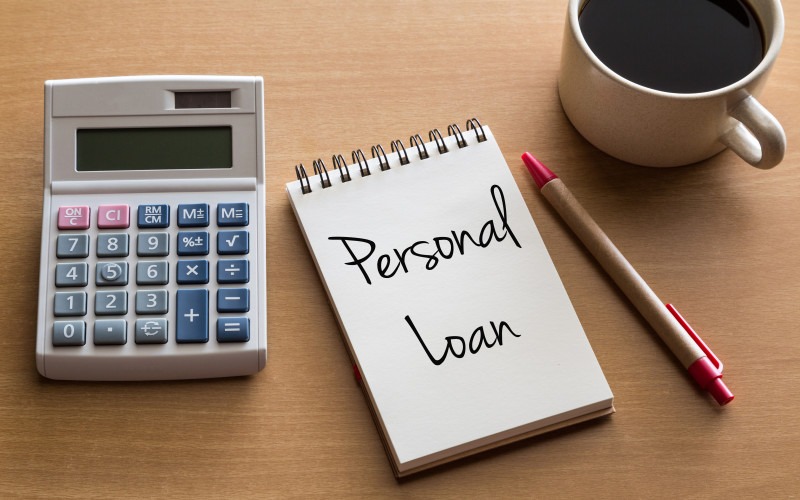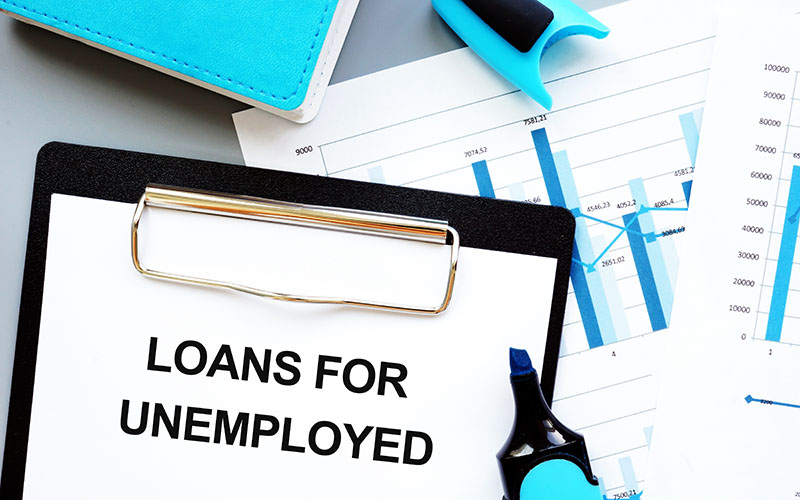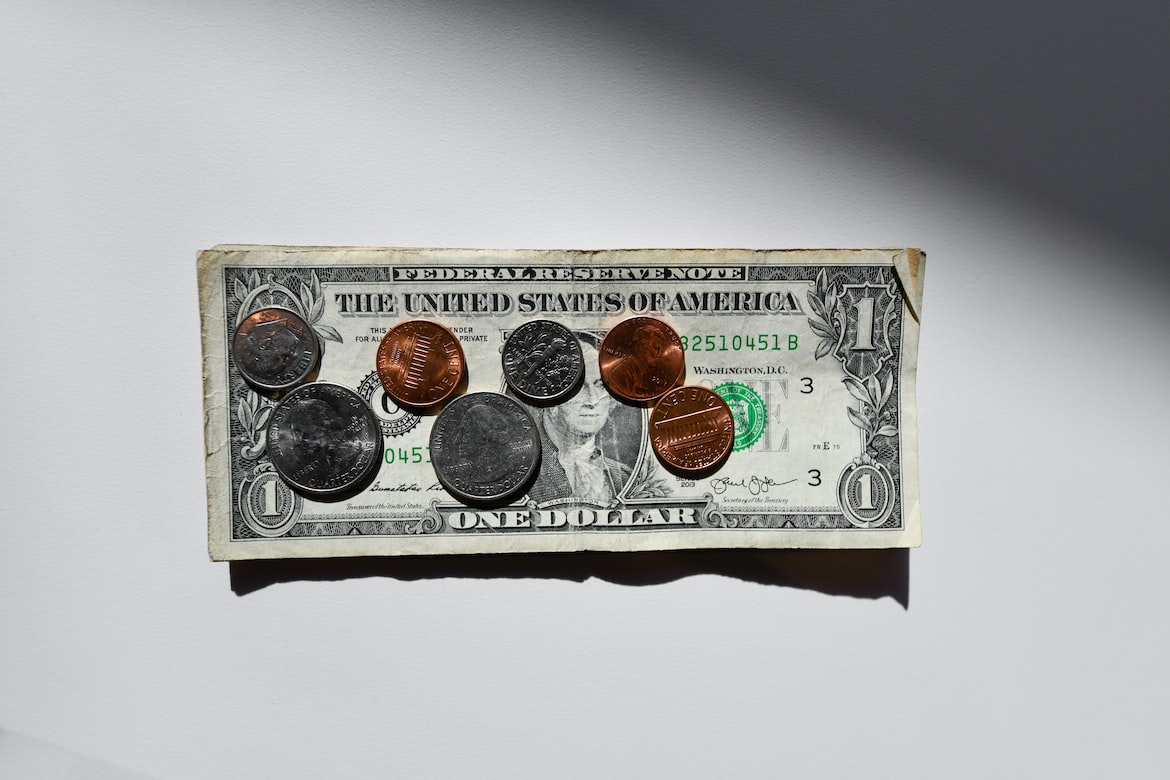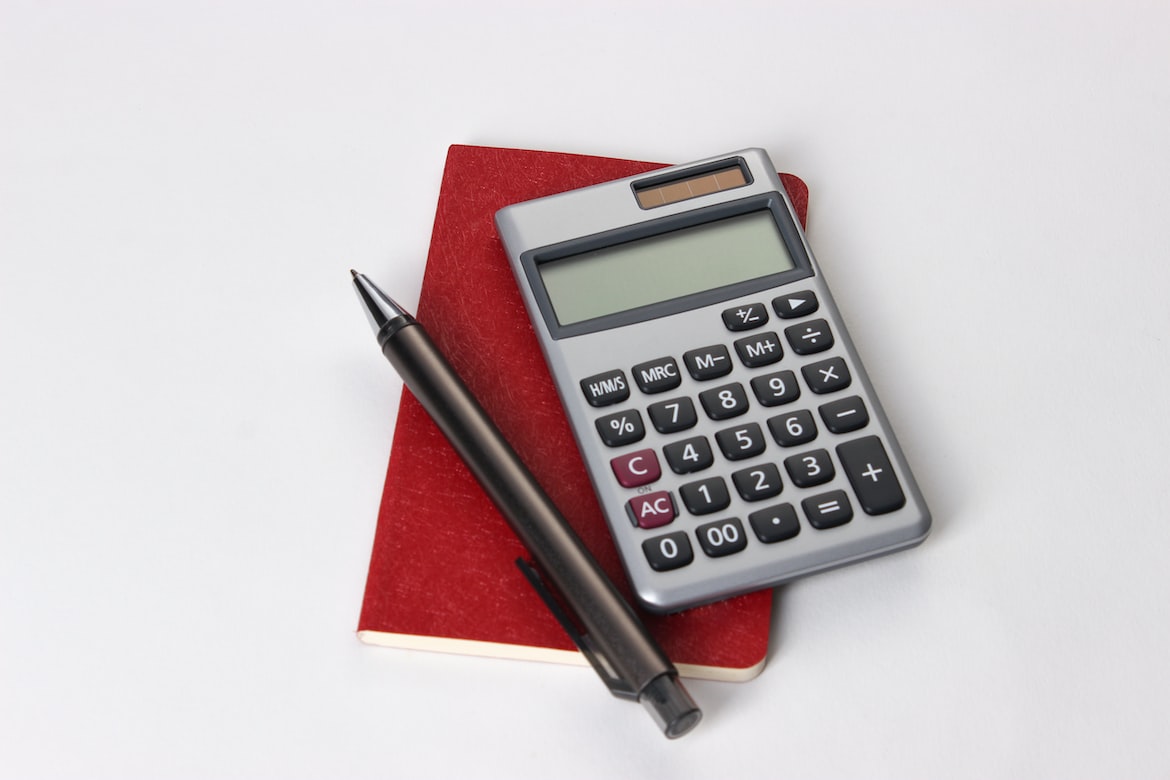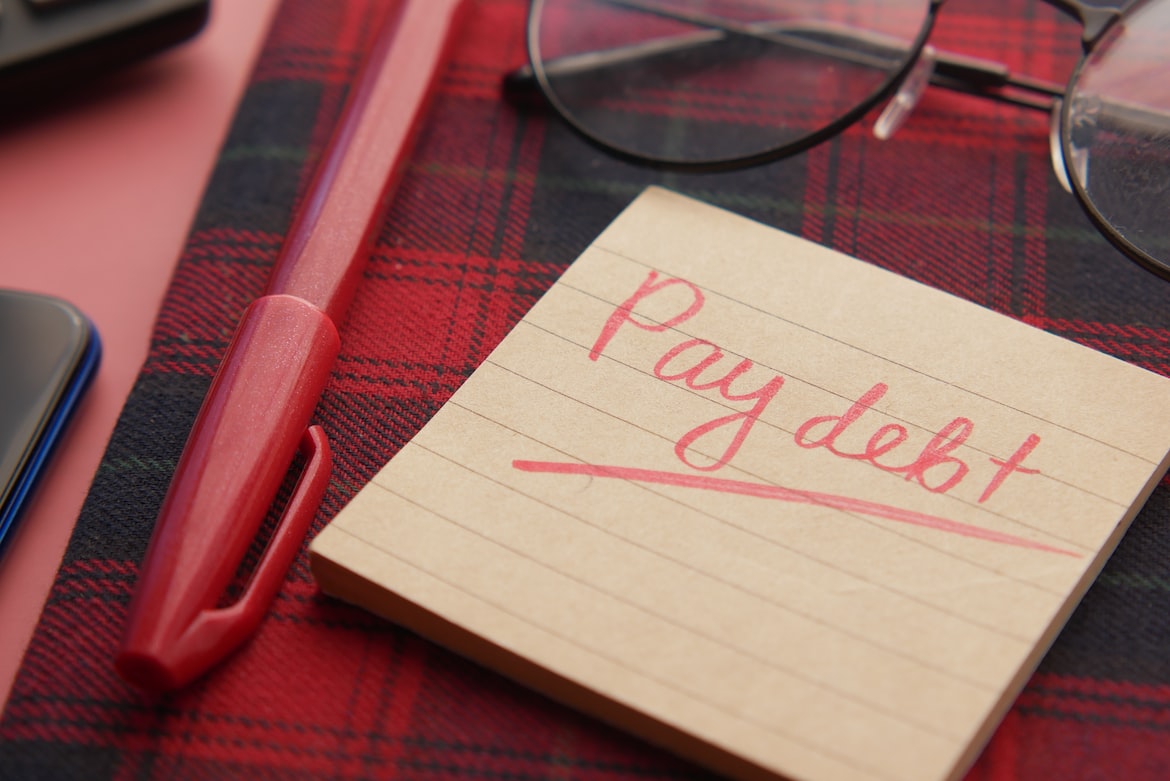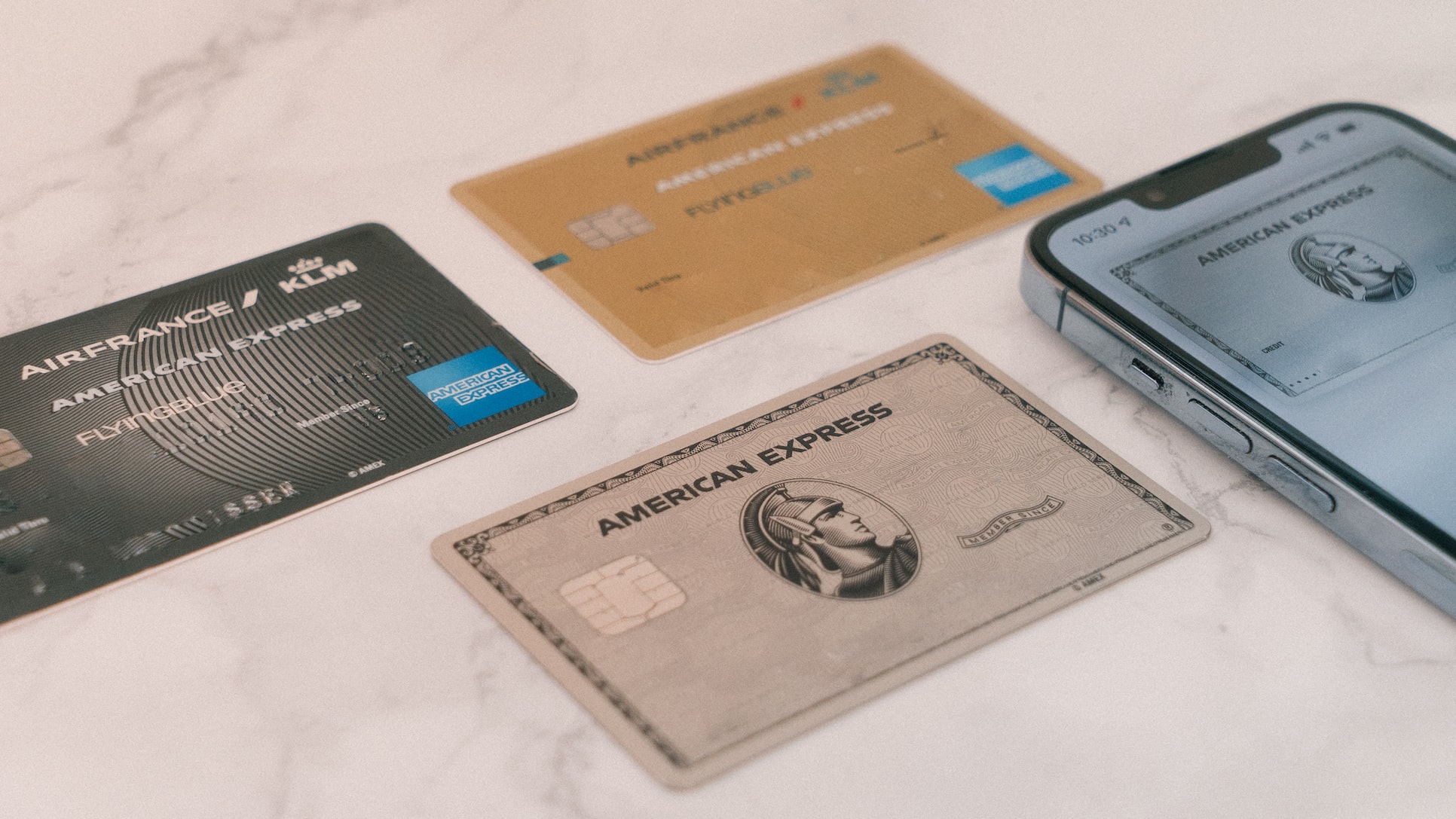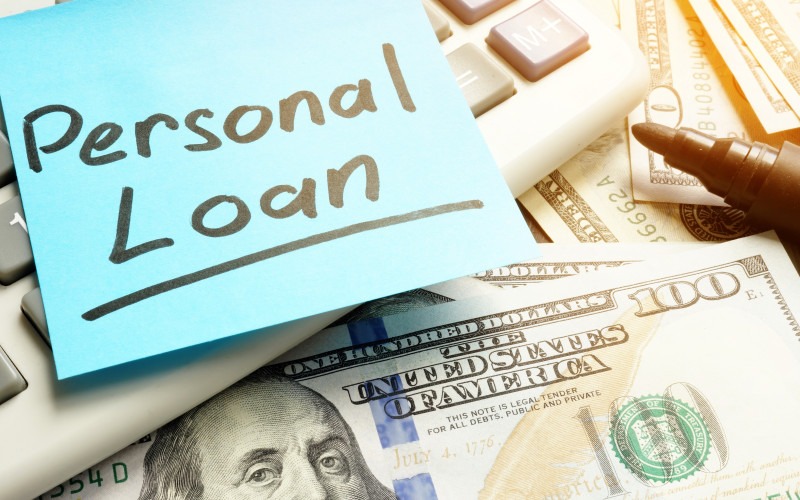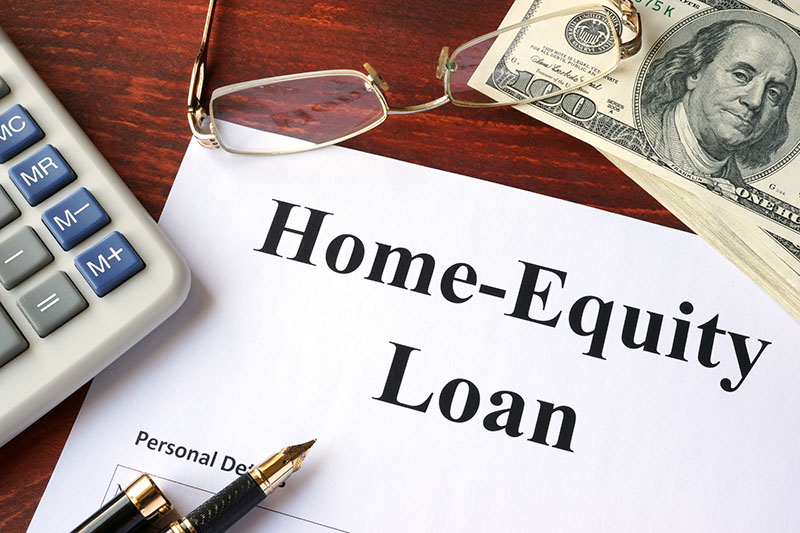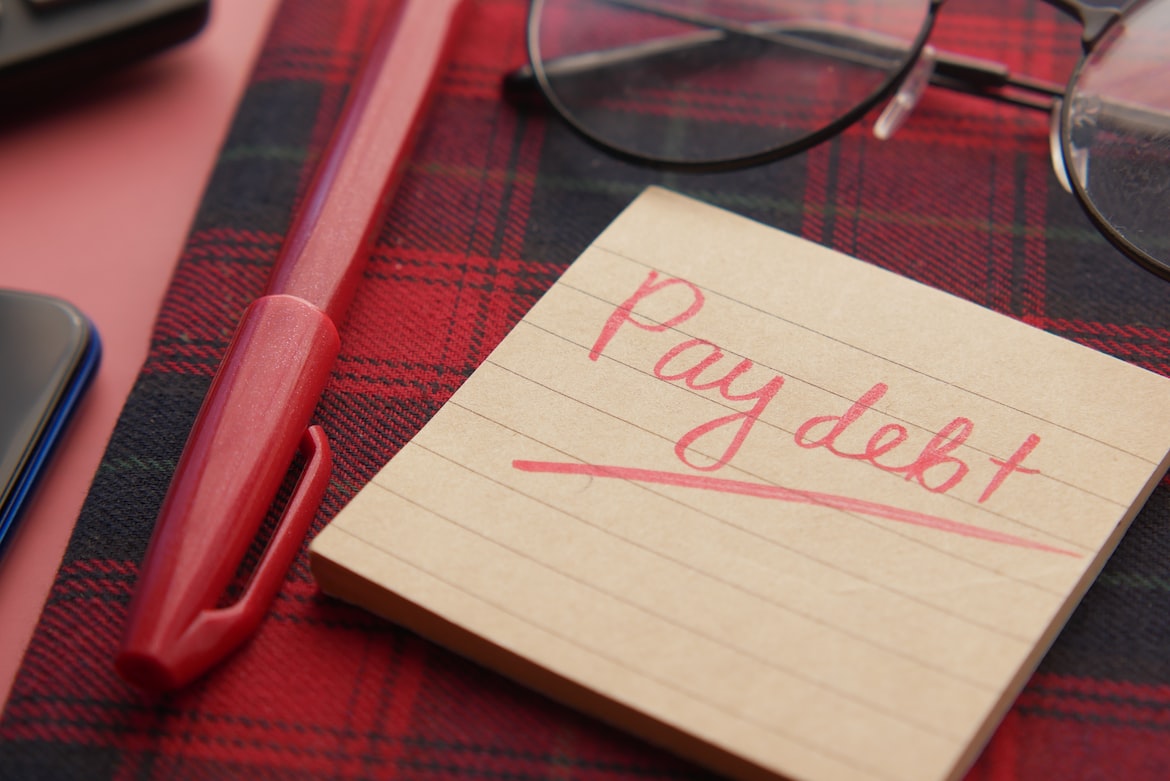Assessing the Financial Need for Personal Loans
Key Takeaways
- Determine why you need a loan, aligning its purpose with your specific needs, whether for large purchases, debt consolidation, home or car repairs, wedding costs, or medical bills
- Evaluate your current financial situation by analyzing your income, savings, debts, and ability to make monthly payments comfortably
- Distinguish between necessary and unnecessary expenses to determine if taking out a loan is essential, considering the potential long-term debt implications
- Consider your future income stability and expected expenses to ensure you can afford loan repayments throughout the loan tenure

Personal loans offer versatile end use–from financing a large purchase to dealing with an emergency, there are near limitless possibilities. However, the flexibility of loans doesn’t necessarily mean it’s optimal for you to get one.
In this guide, we will go over key points on how to assess the financial need for personal loans.
Understanding the purpose of the loan
One of the most important questions to ask yourself is why you are taking out a loan in the first place. That way you can find a loan with the specific purpose that aligns with your needs best.
Personal loans are commonly used for:
- Financing a large purchase (e.g. a house or a vehicle)
- Debt consolidation
- Home repairs
- Car repairs
- Wedding costs
- Medical bills
For example, if you need to pay off medical bills, you might want to seek out a medical loan. A mortgage helps you purchase a home whereas an auto loan helps you afford a car.
Understanding the purpose of your loan allows you to not only find the right type of loan for your situation, but also pinpoint what loan amount is most suitable.
In general, the more initial funds you manage to receive in a personal loan, the higher the cost of borrowing due to accrued interest over time.

Evaluating current financial status
Your current financial status may necessitate that you seek out a personal loan in order to deal with certain urgent expenses. To evaluate your current financial status, you should look at your bank account, credit card bills, emergency savings, income, debt amount, existing loans, and other relevant factors.
A personal loan can help you handle expensive bills and needs without breaking the bank. It can improve your quality of life, facilitate purchases, and help you reach important life milestones.
You may want to ask yourself the following questions:
- Can I make my monthly payments without an issue?
- Would a loan help alleviate my financial burdens?
- Am I prepared to take on new debt?
- Might alternatives to taking out a loan be preferable, such as using a credit card?
For some people, a personal loan might not be helpful because their financial status doesn’t require them to take out a personal loan. If you can very comfortably pay off a bill, a personal loan might not be in your best interests.
Identifying necessary expenses
Expenses can be split into two categories: necessary and unnecessary.
Necessary expenses need to be paid, otherwise there may be some significant negative consequence. Examples include the cost of utility, rent, food, medical care, and clothing.
A less pressing expense might be for something that is a meaningful life goal, such as a wedding or a new car. If you don’t have the funds, you might delay these expenses until later on when you have saved up more money.
When thinking about whether you should get a loan, it’s advisable to ask yourself if the funds will be for necessary expenses. Taking out a personal loan is a financial act that can put you into debt for a meaningful amount of time. At the end of the day, it is up to you to judge whether you need a personal loan or not.

Estimating future income and expenses
Future income and expected expenses are two major factors influencing whether obtaining a personal loan is the right choice for you.
Future income
If you have a steady source of income in the form of full-time employment, it should be straightforward to calculate your future income for the next year or even several years. It is advisable to at least know how comfortably you will be able to save money and make loan payments throughout the loan tenure.
If your income is not particularly stable, it may be harder to estimate your future income. Consider factors such as your field of work, the economy, and whether you might change careers in the near future.
Expected expenses
To get a better idea of your expected expenses, you will need to take a look at your monthly budget as well as categorize your different bills into fixed expenses and _variable _expenses.
Fixed expenses: Rent payments, mortgage payments, water and electricity bills, insurance premiums, emergency fund savings, routine doctor and vet visits, and more. Add all of your fixed expenses together to see how much you are projected to spend for certain each month.
Variable expenses: Groceries, unscheduled doctor visits, car repairs, personal care, and entertainment. Variable expenses can fluctuate quite a bit depending on your needs.
Analyzing debt-to-income ratio
Your debt-to-income (DTI) ratio is a percentage that is calculated by your monthly debt amount divided by your gross monthly income.
The higher your DTI ratio, the less likely lenders will be willing to grant you a loan. This is because you will be viewed as a borrower with a higher risk of defaulting on the loan.
The general rule of thumb to follow is to maintain a DTI ratio below 43%. If your DTI exceeds 43%, lenders will consider you as someone with significant debt.

Considering credit score and history
Your credit score shows lenders and creditors your creditworthiness. There are two main models for credit scores: VantageScore and FICO, both ranging from 300 to 850. Most people have credit scores that fall between 600 and 750.
If you have poor credit, it might be harder for you to obtain a personal loan or open up a new credit card account with favorable terms.
Applying for a personal loan will decrease your credit score by up to ten points per loan application. This is because lenders will do hard inquiries (i.e. credit checks), which impacts your credit score.
Researching loan options and interest rates
To procure the best deal you can get, it’s important to research your loan options and what the standard interest rate currently is for your type of loan and your credit score.
Lenders
Different lenders may assess your loan application differently and offer you more or less favorable rates. Some lenders might be more reputable, whereas others might be known for predatory practices. A reliable, trusted lender may provide you with more benefits and lenient loan terms.
If you need funds immediately, you may gravitate towards the lender who grants you loan funds within hours of being approved.
Loan types
Personal loan funds can be used for whatever you desire, with only a few exceptions. For example, a loan agreement might forbid you from using the funds for tuition, a down payment, or business purposes.
If there is a specific reason you need to borrow money, you may want to search for the corresponding loan type.
Interest rates
The interest rate that you receive may depend greatly on your credit score and behavior. The more creditworthy you are, the more willing lenders will be to give you a personal loan with a low interest rate.
The prime interest rate, which many lenders look at when underwriting loans, affects what the average interest rate will be. In general, personal loan interest rates range between 6% to 36%. The average personal loan interest rate is around 11% as of June 2023.
There are two main kinds of interest rates: fixed and variable. A variable rate loan has a better chance of having a cheaper overall cost of borrowing if you opt for a short loan tenure no longer than several months. A fixed rate loan might be preferable if you choose a loan with a longer tenure, since the interest rate is steady and predictable no matter how much time passes.
When shopping for the best loan for your particular situation, it is wise to consider the prime rate and average interest rate to see whether you are getting a fair loan or not. If you have the time, don’t immediately settle for the first loan that you apply for—shop around and carefully weigh your options.
Calculating the total cost of a loan
Loans have upfront costs as well as long-term charges. Typical costs associated with obtaining a loan include:
- The principal loan amount that you will need to repay
- Interest
- Late fees
- Origination fees
- Application fees
- Prepayment fees (if you pay off the loan early)
To quickly calculate the total cost of your personal loan, you may want to use a reliable online loan total cost calculator, which can help you determine how much interest you will have to pay over the life of the loan. The higher the interest rate and the longer the tenure, the more you will end up paying the lender for obtaining the loan funds.

Determining loan repayment terms
Your loan repayment terms will designate the lender’s expectations for your loan repayment. Before you legally agree to any loan, it’s essential that you carefully clarify and review the terms of your loan. Here are some of the common components of a typical personal loan:
Interest rate: An additional cost of borrowing you will need to pay regularly. Higher interest rates mean it is more expensive in the long run to take out a loan.
APR: Annual percentage rate. Total cost of borrowing the loan in a year, which includes interest as well as other fees and charges. Lenders are required to disclose the APR on loans.
Loan tenure: The duration of your loan and how long you will be in debt.
Maturity date: The exact day you are expected to make the final repayment installment.
Prepayment penalty: Your loan agreement will tell you whether the lender imposes any prepayment or early repayment penalties. If you repay your loan early, you might be required to pay a fee.
If you find that your loan terms do not suit your priorities or financial status, you might want to renegotiate the terms of your loan. Not all lenders are open to negotiations, in which case you might benefit from a loan refinance. Refinancing a loan essentially means replacing your current debt with a new loan.

Creating a budget plan for loan repayment
Having a solid budget plan for loan repayment can greatly increase your financial stability. It is generally a good idea to stick to your budget plan as much as reasonably possible.
When creating your budget plan for loan repayment and management, here are some critical aspects to keep in mind.
- Emergency savings
Even while you are paying off your loan, it is still a good idea to begin or continue saving up your emergency funds. Generally, experts advise you to save up enough money for three to six months’ worth of living expenses.
- 50/30/20 rule
This is a classic budgeting rule that benefits many borrowers. The rule serves as a general guideline that may be able to help you create a more effective and realistic budget.
50% of your income should go towards necessities.
30% of your income can go towards what you desire.
20% of your income should go towards savings, investment, and debt repayment.
Of course, personal loan payments fall into the third category: 20%. If over 20% of your income needs to be used for debt repayment, you may want to reevaluate or adjust your budget and monthly expenses. It may also be worth reassessing whether you should seek out a personal loan or not if you will end up with an overwhelming debt-to-income ratio.
- Set reminders or automatic payments
Missing a loan payment comes with serious financial consequences. That’s why it’s recommended that you at the very least schedule regular reminders shortly before your payment date. Creating the habit of sending off your payment installments can help ensure that you don’t need to pay any late fees.
Another way to greatly reduce the chances of you missing a payment is to set up automatic payments. Autopay is a secure method of letting your lender automatically take payments from your bank account every payment date. If you opt for autopay, be wary of overdraft fees if you don’t have enough funds in your account.
Searching for the right personal loan? Compare our top lenders below.
Edited by:
Bryan Huynh
•
Product Tester & Writer

